RFID is finally taking off in retail. But how should retailers approach implementing the technology at scale? We break down our 6-step best-practise for effective retail transformation with RFID.
6 Steps to Retail Digital Transformation with RFID
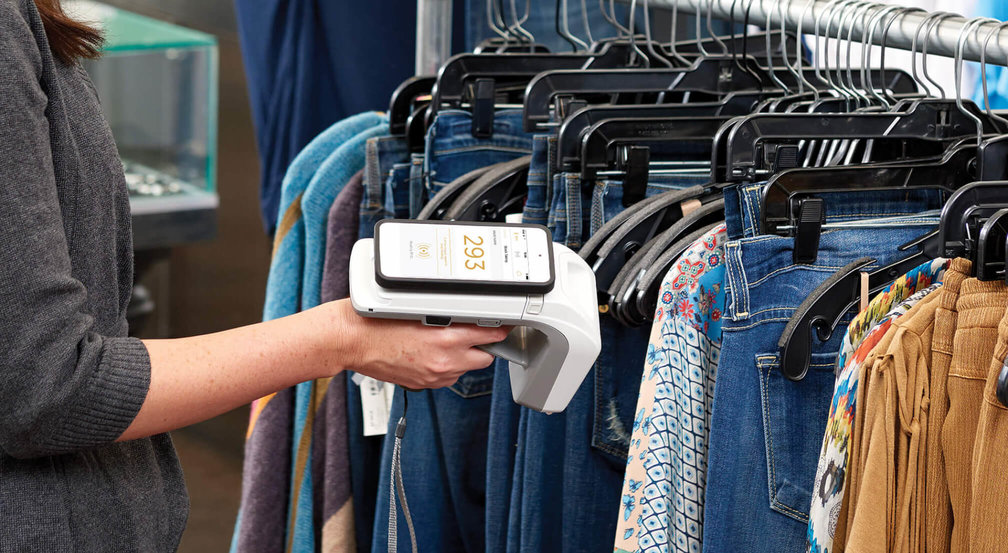
When it comes to digital transformation, RFID (Radio Frequency Identification) has been the hype in retail for several years now. It has, however, been a bumpy road to success. In the past, stories of failed implementations and botched rollouts were far too common and kept many retailers from taking the plunge. Thankfully these days the picture is much more encouraging. We are now spoilt for case studies and examples of retailers having enormous success with the technology to digitise their inventory and processes for the modern retail environment.
So, what makes the difference between failure and success?
Ultimately it comes down to a combination of knowledge, technology and price. Improvements in all three of these areas have evolved the technology into a vital component of any digital transformation journey in retail. But as with any transformative project, getting the detail right is vital. The approach to implementation and suppliers you choose to engage with will have big implications on ROI.
A best-practise approach is easier said than done, so you need to surround yourself with a team of experts who have skin in the game and ensure the solution you choose to implement has the capabilities to lead your digital transformation for years to come.
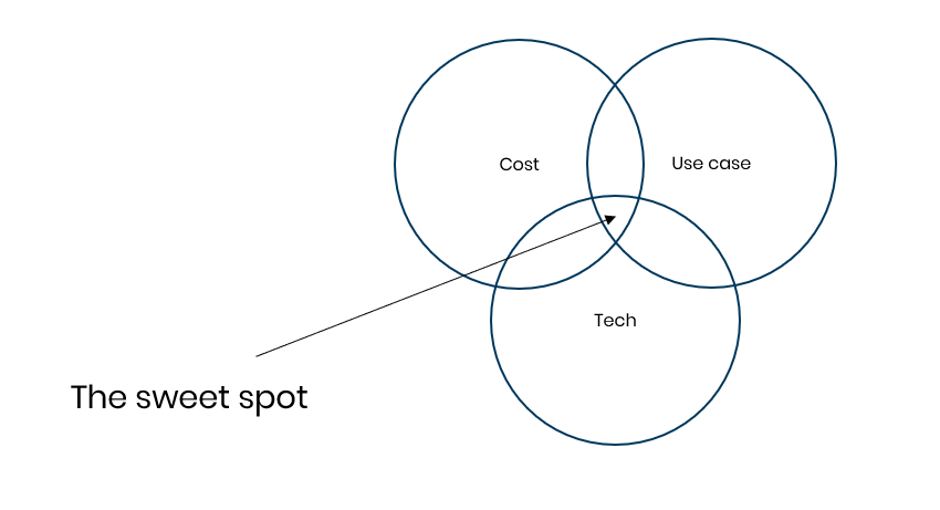
Our recommended 6 steps to digital transformation with RFID:
1. Understand the problems you want to solve and clearly define the KPIs
The first step in any new tech investment is to be sure that you have clarity around what problems you are hoping to solve. This will often require some hard-hitting questions and honest auditing of current processes and data to understand where you and your customer’s biggest pain points are. Customer feedback surveys are always a good way to gain insight into this.
What common retail problems can RFID solve?
- Stock inaccuracy leading to out-of-stock situations
- Poor product availability on salesfloors and webshop resulting in lost sales
- Labour costs and operational inefficiencies
- Reduction in excess/safety stock
- Inventory visibility and supply chain traceability
Luckily, these problems all have clear KPIs related to them and can be used as a great measurement tool to understand your current position and build a business case for the investment.
2. Choose a software partner that will help you achieve more
Once you have clearly defined RFID as the technology you want to implement, it is then vital to choose the right partners to go on your digital transformation journey with. Within the RFID market, there are generally three partner types – hardware, labels and software. The software component is the most important aspect as this must be able to process all the data, integrate with existing systems and empower employees with user-friendly applications to improve daily processes. Choosing the best-suited partners will make all the difference to ensuring you have a scalable and future proof solution for the next 5+ years.
What to look for in an RFID software partner?
- Credibility in the market – do they have proven RFID deployments with reputable brands in your sector?
- Future-proofed services – do they have a product roadmap that inspires innovation and constant improvement?
- Scalability and flexibility – does the solution fit your business needs and implementation roadmap?
- Industry expertise – do they have deep industry knowledge to understand your specific business requirements and help you think through these challenges?
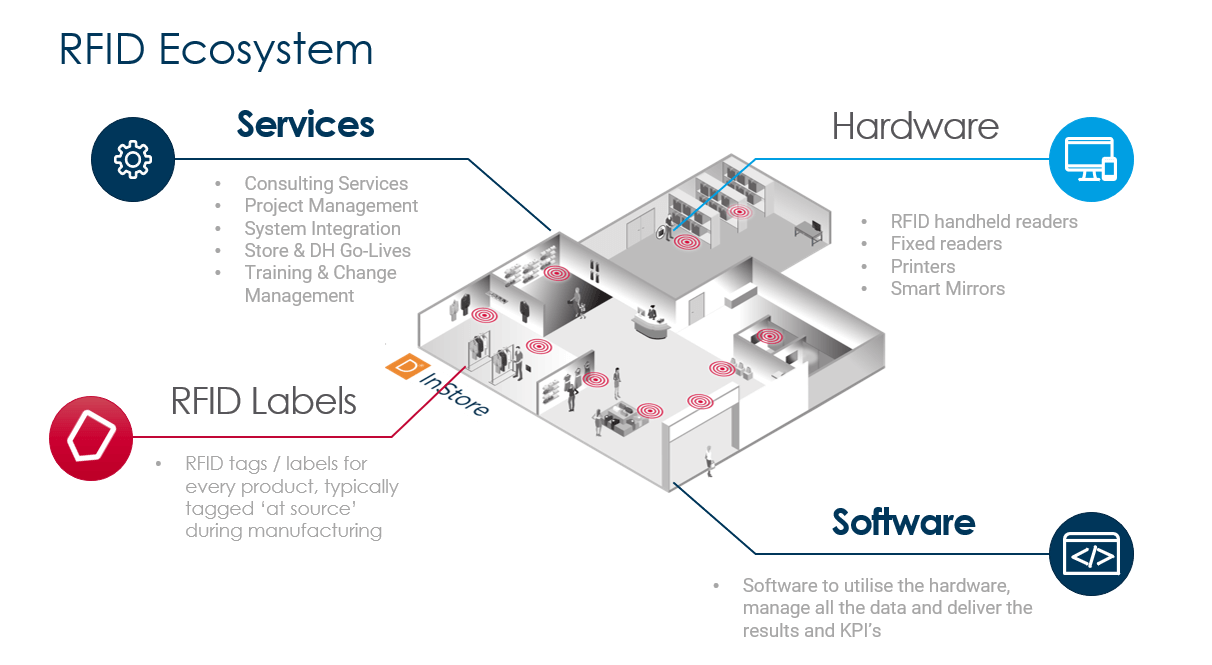
3. Trial the solution, prove the business case
Any digital transformation project requires buy-in from multiple departments and key decision-makers. The best way to achieve this is to prove the business case in a live retail environment. This is done through a ‘Pilot’ process whereby the solution is tested in around 3-5 live stores, allowing for the critical KPIs to be assessed and to gain a clearer understanding of the implications for store processes. With SaaS-enabled solutions, this process can be done more efficiently through the use of cloud-hosted mobile solutions, essentially making them ‘plug & play’.
What does the pilot process involve?
-
Tagging party of all items in Pilot stores with RFID labels
-
Product Master Data uploaded to SFTP (or FTP)
-
Training of store associates
-
Use of handheld readers and mobile app to perform daily store operations
-
Daily KPI tracking to analyse results:
- Improvement in stock accuracy
- Improvement in on-floor availability
- Increase in sales
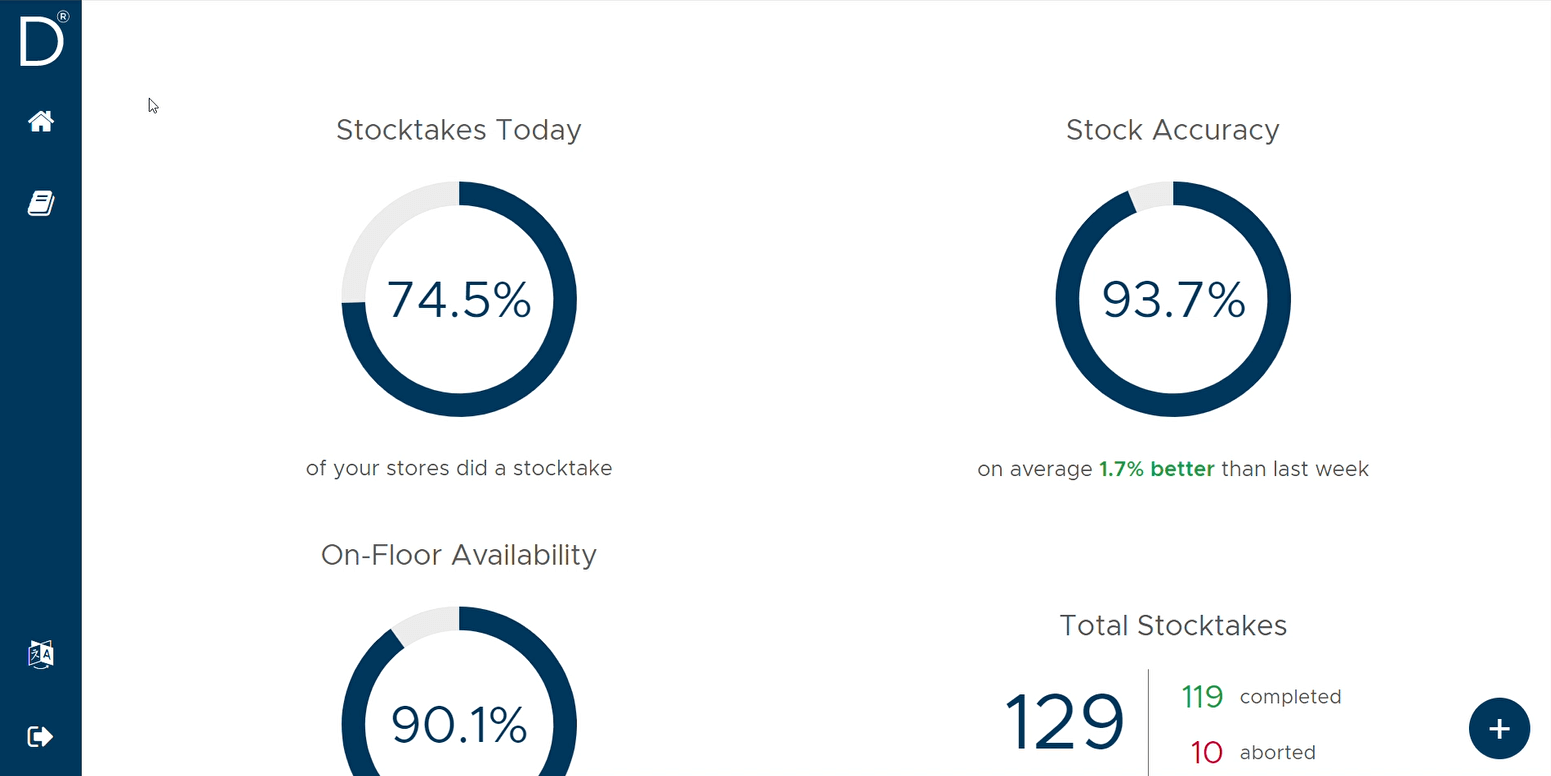
4. Store rollout with speed for immediate ROI
Although it seems attractive to enable all of the features and RFID-enabled services in one go, and undergo a digital transformation overnight, the reality is often different. Instead, retailers should approach implementation in phases to manage the changes in process and IT requirements. A best-practice approach to RFID implementation should focus on improving the fundamental processes that will bring the most immediate ROI to the business. These processes include stocktakes and replenishment to significantly increase stock accuracy and on-floor availability within stores. Improving these two KPI’s generally results in a direct sales uplift of 5-10%. From there, you can re-invest returns back into the continuous enablement of RFID throughout your business.
What elements are most critical to a successful store rollout?
-
Speed and ease of implementation
- New innovations such as Smart Shielding removes the need for physical shielding installations – saving time and money.
- SaaS-enabled platforms allow for scalable pricing models and cloud-hosted solutions.
- Open APIs allow for easy system integration with ERP
-
Support services
- Training to educate staff on the changes in daily processes
- Customer success and support to maximise the use of the software
-
Change management leadership
- Ensuring you have a dedicated team to oversee the rollout
5. Full omnichannel enablement
After securing the foundations of stock accuracy and on-floor availability in stores, the next step is to connect the online and offline business. Omnichannel services such as click & collect (aka BOPIS) and Ship-From-Store are expected in the modern retail environment as consumers demand to shop anywhere, anytime and any way they want. However, it’s important to ensure you can deliver on these retail experiences so that customers don’t end up disappointed. Enabling this requires connecting inventory from your store networks with your distribution centres and webshop to create a single and transparent view of stock.
What’s required for Omnichannel retailing?
- Transparent view of stock across all stores made available to the online store
- Automate warehouse processes with RFID tunnel and outbound processes
- Offer new services such as click & collect, ship-from-store etc.
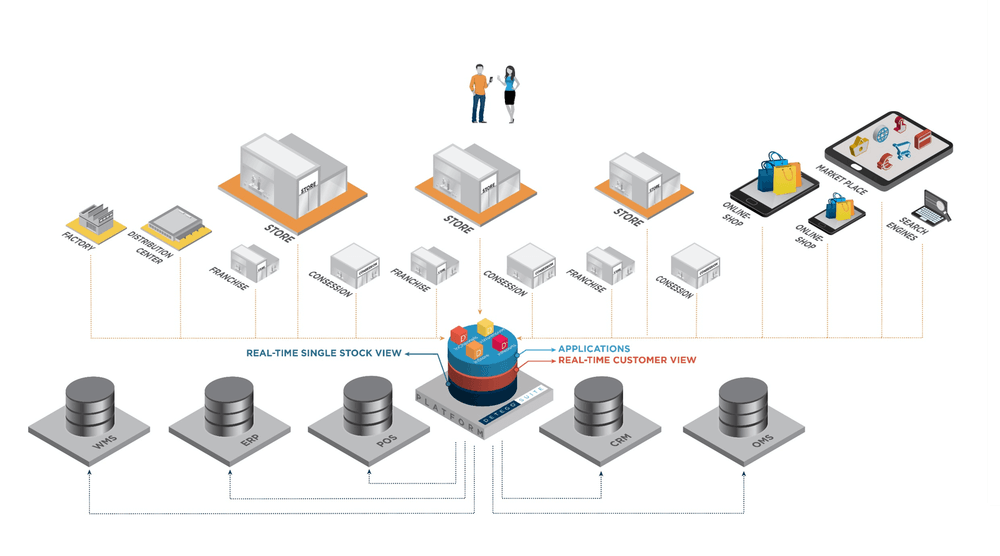
6. Unlock the true power of RFID with new retail experiences
Stock accuracy, product availability and omnichannel services are synonymous with RFID in retail and should always be the focus of any digital transformation utilising the technology. However, there is also an unlimited amount of untapped data and potential that is a sitting gold mine once you have RFID implemented throughout the supply chain. New solutions for consumer engagement and artificial intelligence engines can now be utilised to provide new services, experiences and insights for retailers and consumers alike.
What new innovations can be enabled?
Interested in discussing your RFID Journey? Talk to the experts.
At Detego we know retail and we know RFID. This combination has enabled us to develop the most innovative RFID software solutions on the market, alongside major global fashion brands. With RFID now on almost every retailer’s roadmap, we have the answers for any step of the journey, anywhere within your operations.
Everyone has to start somewhere, which is why we have out-of-the-box solutions to quick-start your RFID journey. Alternatively, if RFID is well and truly ingrained in your business, then talk to Detego about how we are using AI and innovative new practices to take real-time decision making to the next level.
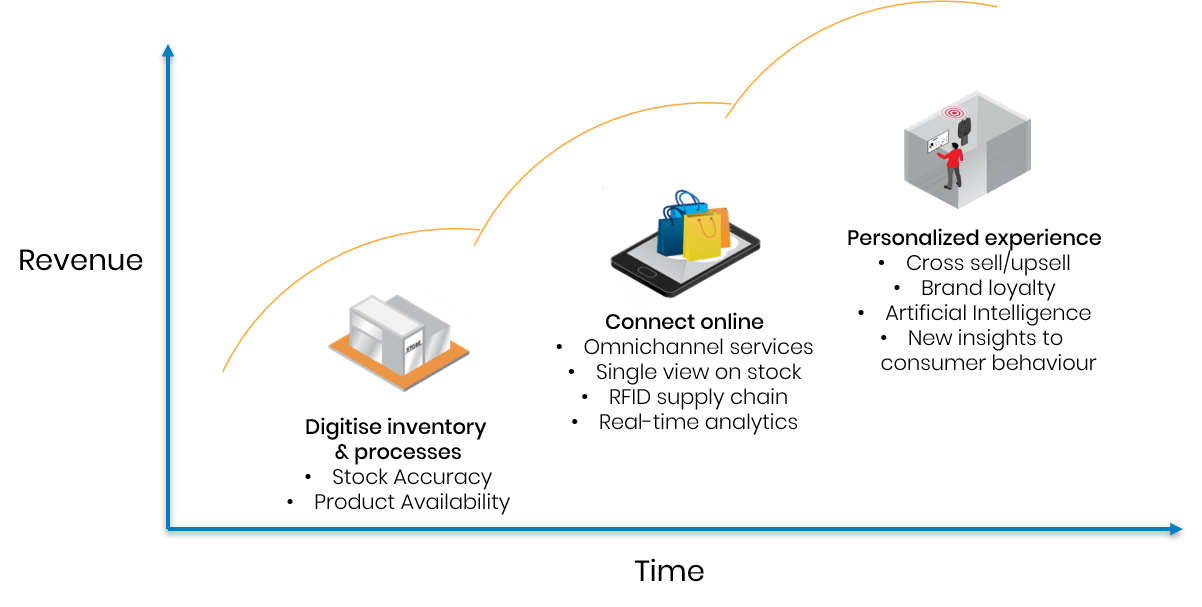




Leave a Reply